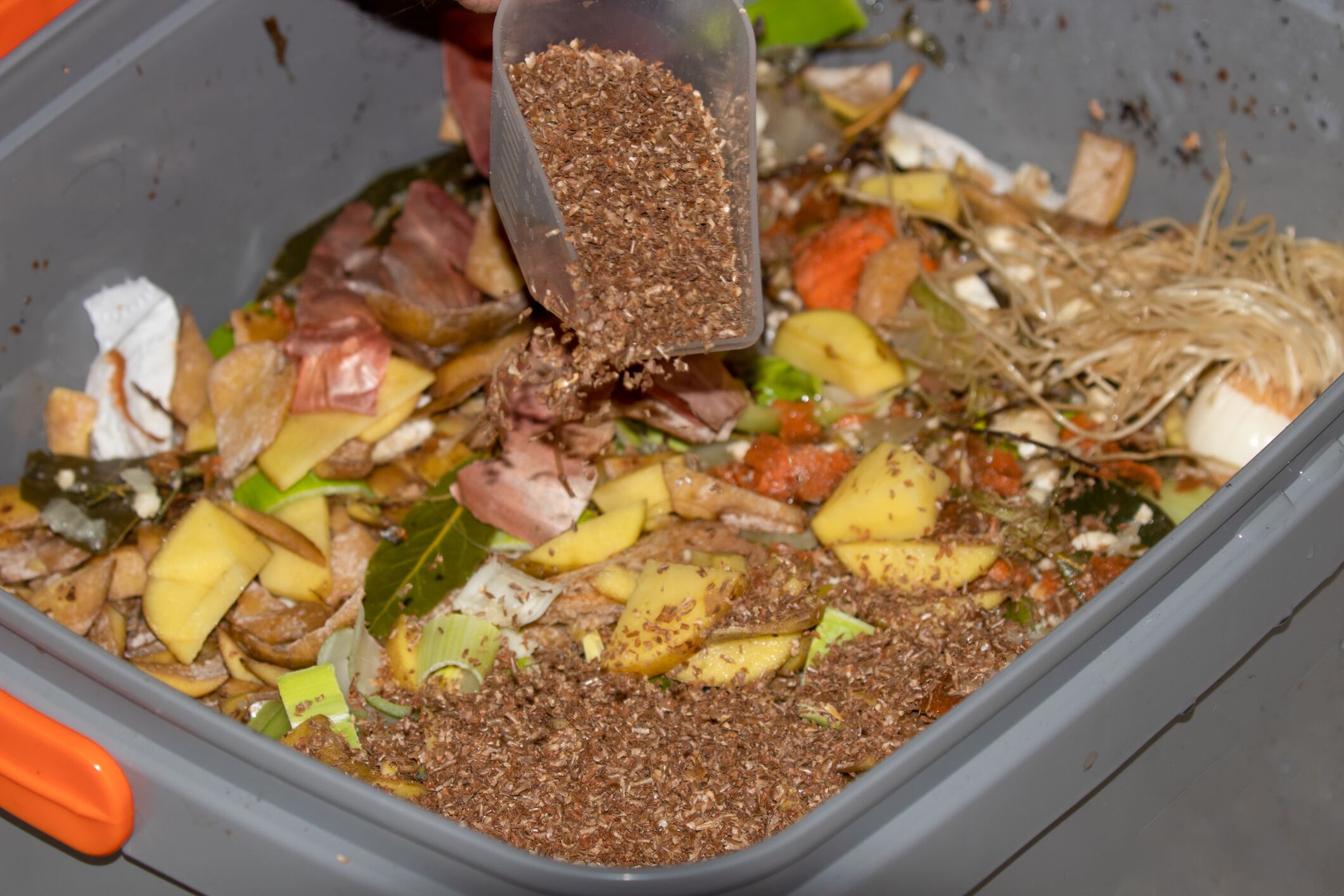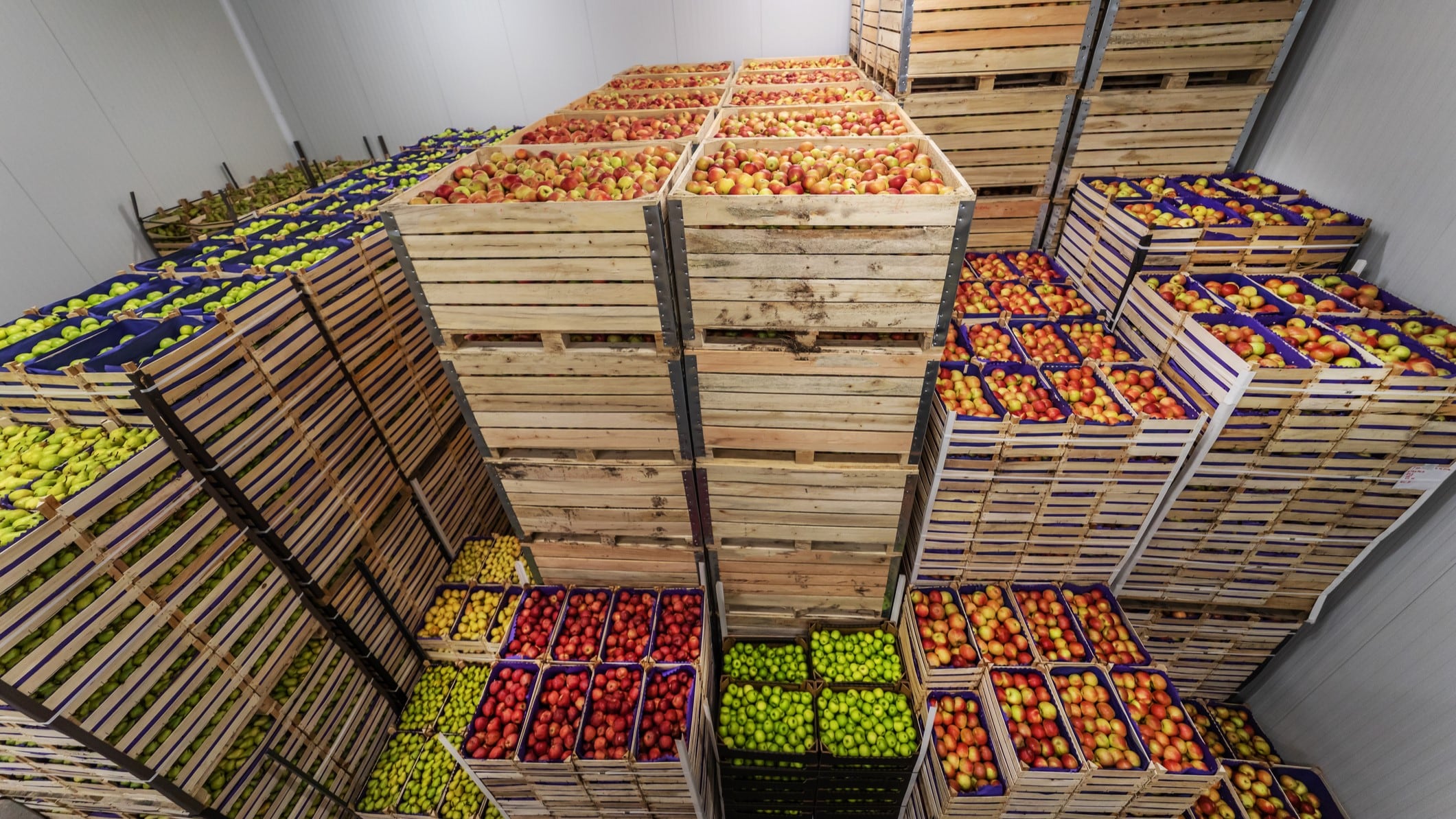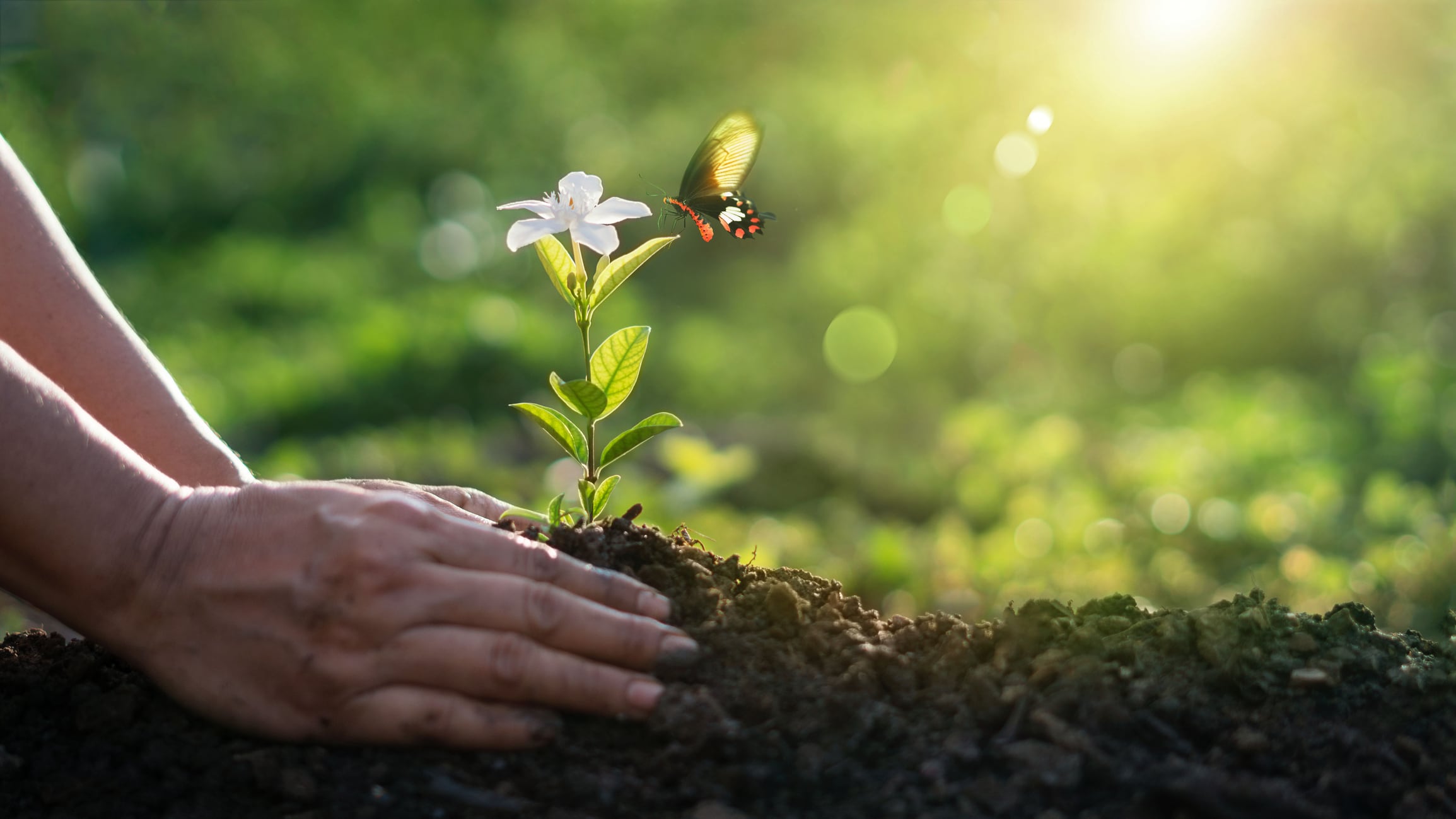Often found in municipal and industrial waste waters, hazardous heavy metals and metalloids — such as arsenic, cadmium, chromium, lead and mercury — have been identified as priority contaminants that post a global threat to aquatic ecosystems and the environment.
These pollutants are particularly concerning due to their non-biodegradability, high toxicity, and tendency to bio-accumulate and bio-magnify throughout the food chain, endangering both humans and other living organisms.
Bio-sorbents: Abundant but seldom applied
Numerous technologies have been used to remove heavy metals from wastewater but sorption, a technique known for its high removal efficiency even at trace concentrations, stands out as a promising and cost-effective option. Traditionally, activated carbon has been widely used for sorption but its high cost and limited regeneration have led researchers to explore alternative materials.
This has resulted in research into bio-sorption, which has led to the discovery of an abundance of bio-sorbents. Despite this, several critical issues such as pH stability, durability and sorption capacity must be addressed before these materials can find broader applications.
Among the most promising options are bio-sorbents derived from plant-based waste, including agricultural by-products and food waste. The transformation of such waste into value-added products aligns with the principles of a circular bioeconomy and green chemistry, offering cheap and eco-friendly alternatives for heavy metal removal.
Fibrous plant-based food waste components like pectin, hemicellulose, cellulose and lignin have been studied for their ability to effectively remove heavy metals from wastewater through their significant binding capacities for heavy metals in aqueous solutions.
However, these binding capabilities vary depending on the source of the waste, its chemical structure, the type of metal, and the applied modification technologies and process conditions used to enhance their functionalities.
Modification for environmental protection
At the same time, the application of untreated plant waste presents challenges, including decreased sorption capacity and increased organic carbon discharge, necessitating pre-treatment or modification of these materials.
Despite these hurdles, the valorisation of fibrous plant-based food waste holds great potential for water purification strategies and sustainable soil additives, reducing both environmental burdens and greenhouse gas emissions associated with food waste.
One potential solution lies in the modification of fibrous plant-based food waste. Researchers have observed that modified fibres extracted from such waste yield better results compared to unmodified fibres. By employing physical, enzymatic, bacterial and chemical treatments, fibre porosity and surface area can be increased, resulting in a higher number of sorption sites and binding functional groups on the bio-sorbent surfaces.
The combination of various methods could lead to process intensification, which may enhance heavy metal removal efficiency and possibly reduce costs.
Challenges and concerns
However, the road to commercial use of bio-sorbents is not without its challenges. The lack of studies on regeneration and sustainable disposal of adsorbents remains a major obstacle to scaling up their use. Moreover, the non-selective nature of bio-sorption could be problematic when dealing with waste streams containing multiple metals.
In contrast, ion-exchange resins with high affinity for specific metal ions offer a more selective and predictable approach to recovery. According to a recent review of studies conducted over the last 25 years, addressing issues of robustness and separation, and immobilised or granular biomass preparation might hold promise. Nevertheless, safe disposal, sorbate recovery, and the regeneration or replacement of bio-sorbents still pose concerns.
The review, conducted by Université Laval researchers in Quebec, highlighted the critical aspect of competition between heavy metals during sorption. Most studies have focused on a single model heavy metal, while natural environments like wastewater or polluted water typically contain multiple heavy metals. Understanding the competitive sorption mechanism on bio-sorbents is therefore essential for effective ion-exchange processes.
Despite these challenges, however, the potential practical applications of fibrous plant-based food waste in water purification and soil remediation are promising. With their significant sorption capacity, these fibres could be used to remediate polluted water, remove chemical residues and oil spills and tackle organic wastewater. Additionally, their application in heavy metal-polluted soil shows potential for remediation.
Source: Molecules
“Valorization of Fibrous Plant-Based Food Waste as Biosorbents for Remediation of Heavy Metals from Wastewater—A Review”
https://doi.org/10.3390/molecules28104205
Authors: Ahasanul Karim, et al.




